Grand, ascr. Franz Jacob Späth c1770) Detail: Key fronts
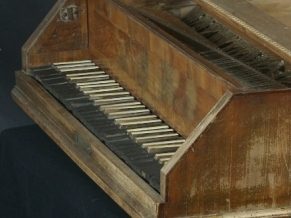
Step 1: Original instrument, Keyboard, bright upper (bone) and dark lower keys (ebony/ darkened pear).
Documentation: the lower key fronts are made of blackened pear (clearly identifiable under the microscope).
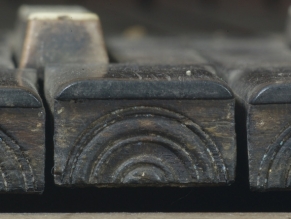
Step 2: Original instrument, detail key front.
hypothesis of production: the groove profiles were cut/scraped in circular movement on a lathe, as full circles on a small wooden plate which is then halved.
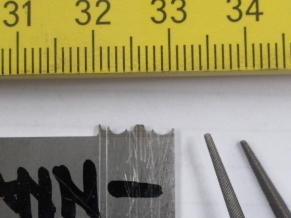
Step 3: a matching scraping tool is made by filing the groove profile as a negative.
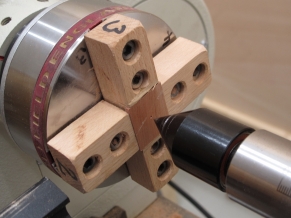
Step 4: After cutting and planing the pear wood plates to appropriate size and thickness (2 mm) the headstock is prepared for centering the pear plates to secure guidance for the scraper.
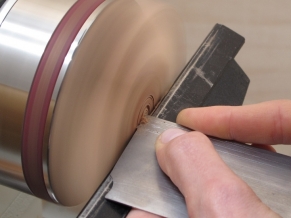
Step 5: Turning the groove profile under slight pressure.
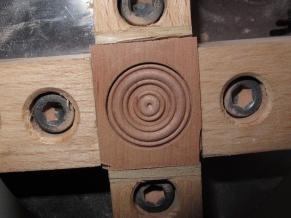
Turned pear plate with circular groove profile.
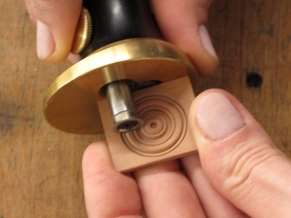
Step 6: marking the half line.
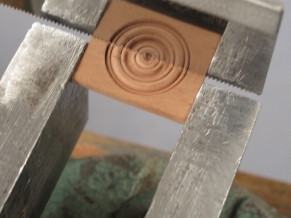
Step 7: Saw-cutting in halves along the mark.

Steps 8, 9: Gluing the halved key front plates followed by filing side edges to match the key fronts.
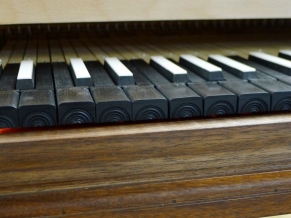
Step 10: Key fronts after finally being blackened with iron gall ink/caseine paint.
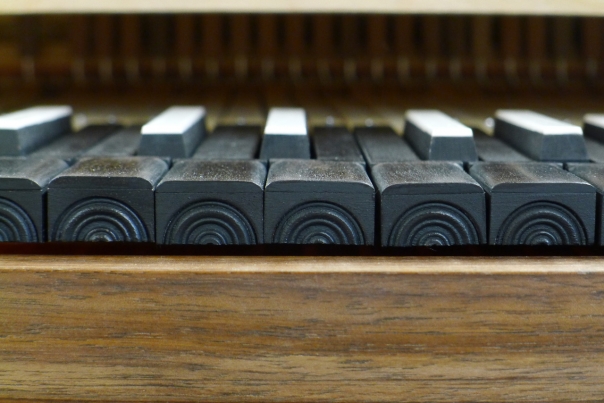
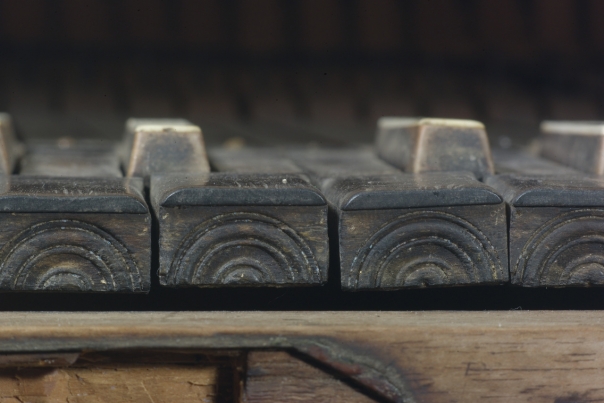
© Greifenberger Institut für Musikinstrumentenkunde | info@greifenberger-institut.de




